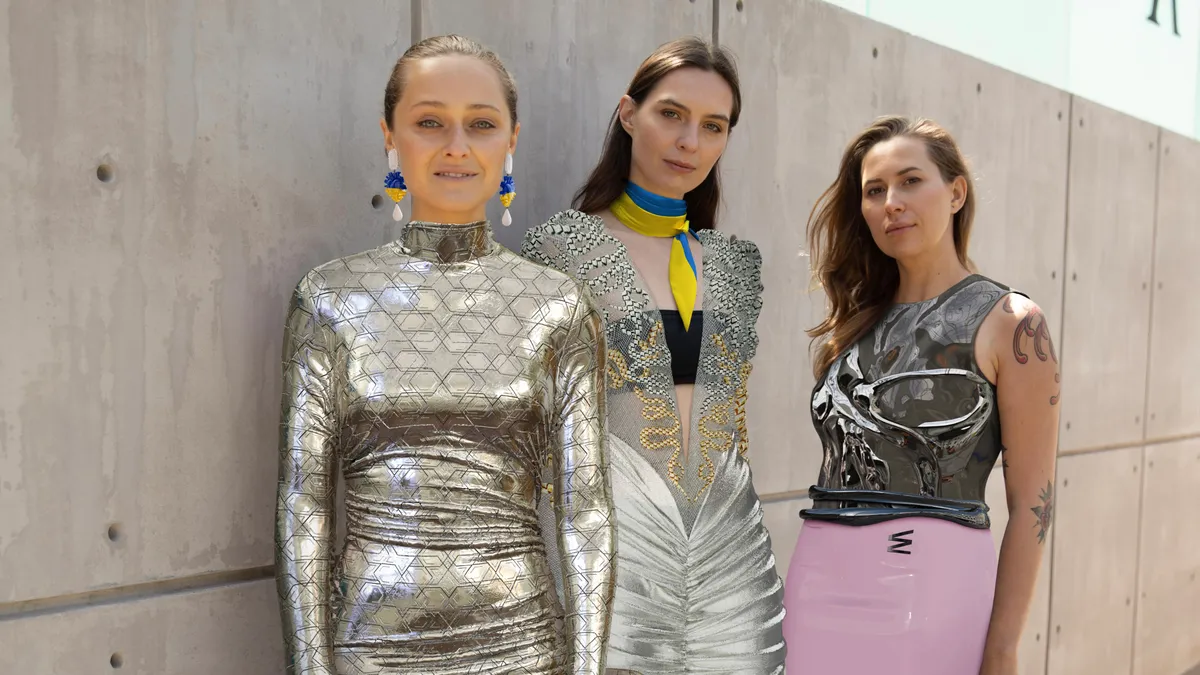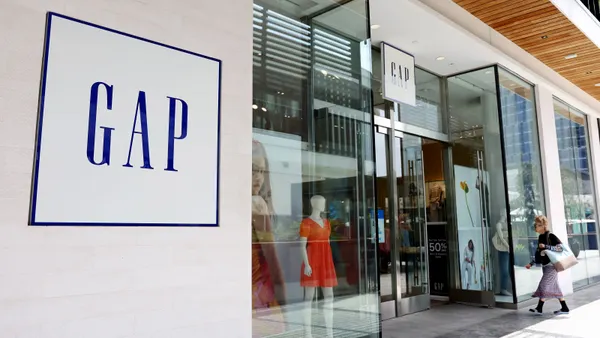Dive Brief:
- Digital fashion retailer DressX announced last week that it raised $15 million in a Series A funding round. The money will be used for the company to improve its app and NFT marketplace, ensure interoperability of its digital pieces and partner with other virtual platforms, social media and gaming, according to a press release sent to Retail Dive.
- DressX describes itself as a metacloset of digital-only clothes, NFT fashion items and augmented reality looks. Both DressX and external brands design the clothes and accessories offered.
- Since its launch in 2020, the female-led company has worked with Meta, Roblox, Google, Farfetch and others. DressX says it is the largest platform for digital-only fashion, with more than 3,500 items available in its library.
Dive Insight:
DressX’s funding round was led by Greenfield, a European crypto investment firm, with help from Slow Ventures, Warner Music, The Artemis Fund, Red Dao and other investors.
“As we spend more and more time in virtual environments, this will equally translate beyond the physical sphere and NFTs and blockchain technology will enable true digital ownership to elevate one’s identity,” Greenfield founding partner Jascha Samadi said in a press release. “We are very excited to see how this space will evolve over the next 5-10 years and we believe DressX will be at the forefront of shaping and driving change."
Digital garments sold by the company can be worn in AR, photo dressing, video calls and on avatars in 3D virtual world browser Decentraland and metaverse avatar creator Ready Player Me. Garments can also be acquired on platform marketplaces from Roblox, Zepeto and in Meta. Soon, DressX plans to also sell its digital clothing on Snapchat.
To some consumers, what people are wearing in the metaverse could matter just as much as in the physical world. According to a 2021 Squarespace survey cited by DressX, 60% of Gen Z and 62% of Millennials in the U.S. believe that the way they present themselves online is more important than how they present themselves in person. Avatars across different platforms represent people and players and are a form of self-expression, especially for Generation Z who have spent most of their teenage and adult life with the impacts of the Internet and growing technology.















